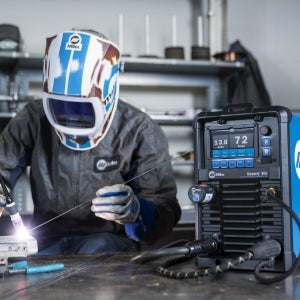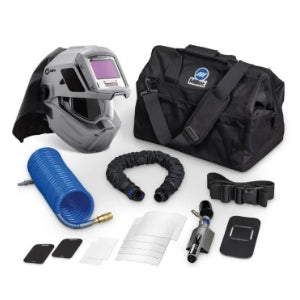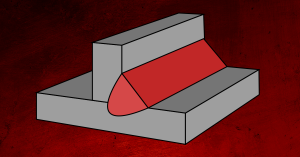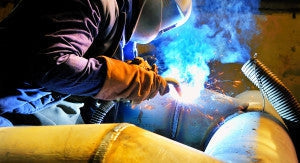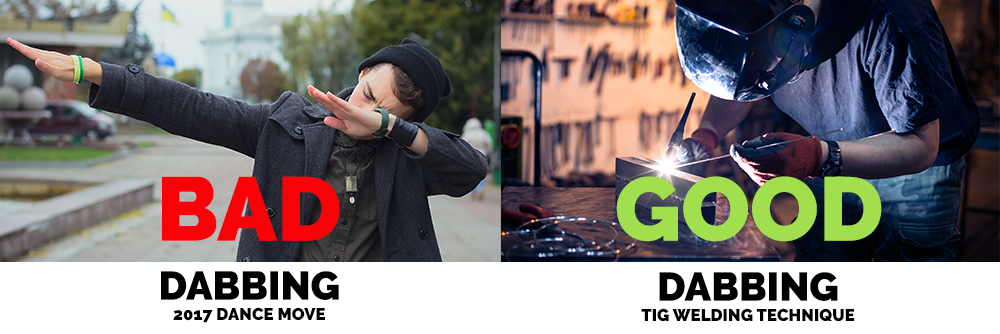Penetration: One of the most important, most innuendoed topics in all of welding history. In every new welder’s journey, there comes a point when they realize welding is more than just “sticking” 2 pieces of metal together like scotch tape. Welding is fusing material together to create a significantly stronger bond than you’d get if you were simply slapping filler on top of your base metals. Subsurface fusion is only possible by having adequate penetration. So what makes “good” penetration and what are the tips and tricks that experts use to guarantee their welds get the depth they need?
It’s all about the amps
There’s several factors that contribute to the overall penetration of your weld. But the one that contributes most to penetration is current (amperage). It’s actually quite easy to understand: In theory, more amperage equals more penetration, less amperage equals less penetration (assuming you’ve adjusted your wire speed and other settings to match correctly).
In the video below, Kevin Caron shows how different amounts of amps affect penetration. Note that he doesn’t adjust for wire speed when he moves to his highest setting.
Achieving “good” penetration
As mentioned above, penetration is largely determined by factors that are set up even before you strike an arc. Determining if you’ve gotten adequate penetration can be difficult in some situations since the fusion happens largely below the surface, mostly invisible to the human eye. The caveman way to see if you’re getting the right amount of penetration is done by welding 2 scrap pieces together side by side. This way you can flip your pieces over and see how deep your bead is going. If you’re working on a structural project where more scientific means are required, x-rays and/or cut and etch tests are often used to help determine penetration.
It’s commonly believed that there’s no such thing as too much penetration. To an extent, it can be better to have more penetration than not enough. However, there are some certain drawbacks of going too far. For instance, when working with thin material, it’s actually possible to punch through your base metal. A more common problem with too much penetration happens when your bead is 20% deeper than it is wide (though that number can vary with material, process, etc.). What happens is that as the bead cools and shrinks, its uneven shape causes the shrinkage stresses to be unequal. This can cause cracks to appear at the center of your bead, compromising the integrity of your weld.
How do you know you’re getting adequate penetration when you weld? Let us know what you think in the comments below and for more useful tips and tricks, check out our in-depth post on purging with the button below.

